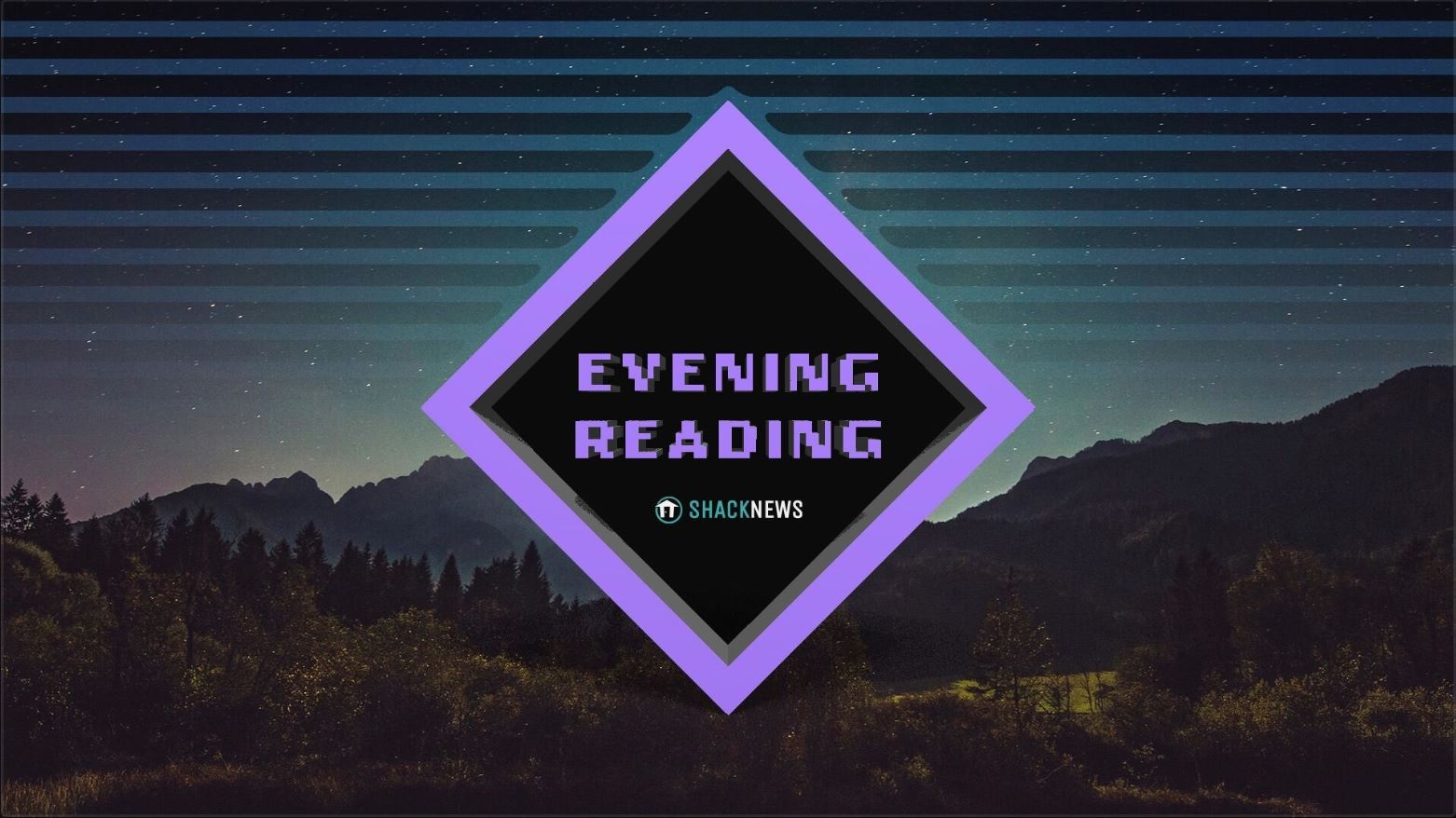Are driverless cars gearing up to glide through Maricopa? Not quite yet. But Tesla just nudged the accelerator. The automaker applied Nov. 13 for a statewide Transportation Network Company permit and cleared the state’s requirements on Monday, according to the Arizona Department of Transportation. Tesla is officially permitted to operate as a TNC, a credential any company needs if it wants to charge for ride-hailing services in Arizona. Think a different brand of Uber. But your driver is just there to watch the car drive itself. The TNC permit doesn’t allow driverless taxis, like Waymo. It requires someone behind the wheel, but this is a first step. In September, Tesla filed a self-certification with ADOT outlining its intent to test autonomous vehicles with safety drivers. ADOT’s Motor Vehicle Division acknowledged the filing, in which Tesla attests that its vehicles will comply with federal and state safety laws, meet title, registration and insurance requirements, and obey Arizona traffic laws. If the car breaks those laws, the human operator or monitor still required to be in the driver’s seat, can be ticketed like any other motorist. Arizona law allows autonomous vehicles to operate on public roads with the automated driving system engaged so long as there is a licensed human driver able to take over. But the leap from that to a true “robotaxi”, a fully autonomous vehicle operating without a human driver, requires clearance of a higher legal bar under state statute. Robo Rules Here is the legalese. Maricopa doesn’t have any laws on the books about robotaxis or autonomous vehicles. They rely on state law, which was ironed out in 2018, as Waymo was put on Phoenix’s 300-mile grid. Under A. R. S. § 28-9702, a fully autonomous vehicle may operate on public roads without a human driver only after a company submits two key documents to the state: a law enforcement interaction plan to both ADOT and the Department of Public Safety and a written statement to ADOT acknowledging that the vehicle’s automated driving system complies with federal motor vehicle safety standards. The main question the state has is what happens if the system fails? State law also says that when the automated driving system is engaged, it is considered the legal “driver” for purposes of traffic laws, and a licensed human driver is not required to operate a fully autonomous vehicle that complies with the statute. Nothing in the law prevents a human from driving a fully autonomous vehicle the old-fashioned way, with hands on the wheel and eyes on the road. A String of Wrecks In Austin, Texas, where Tesla has already rolled out a supervised robotaxi service, the company has reported seven crashes involving its robotaxis to federal regulators, including three incidents in September alone, according to reports summarized by the electric-vehicle news site Electrek. Those crashes, most involving property damage and no reported injuries, have drawn scrutiny not only to Tesla’s technology but also to how much information the company discloses about what went wrong. For now, Tesla has checked the box to run a ride-hailing service across Arizona, not just the Phoenix valley. For it’s part, the company hasn’t announced detailed plans for the autonomous driver-included taxis. If they could help on SR-347, would it be the worst thing?.
https://www.inmaricopa.com/tesla-cleared-for-arizona-ride-hailing-putting-robotaxis-on-maricopas-horizon/
Wednesday, November 19, 2025

